Baking isn’t just about following a recipe—it’s about understanding the little details that transform flour, sugar, and eggs into mouthwatering magic.
Whether you’re dreaming of golden croissants or gooey chocolate chip cookies, knowing what to do (and what not to do) in the kitchen can make all the difference between a bakery-worthy masterpiece and a disappointing flop.
That’s why we’ve tapped into the wisdom of pastry professionals—people who live and breathe butter, batter, and precision. They’ve seen (and salvaged) every baking disaster you can imagine, and they’re here to make sure you don’t repeat them.
So, whether you’re a weekend warrior with a sweet tooth or someone who’s still figuring out how to crack an egg properly, these 14 baking do’s and don’ts will guide you toward better bakes, every single time.
Read the Recipe First
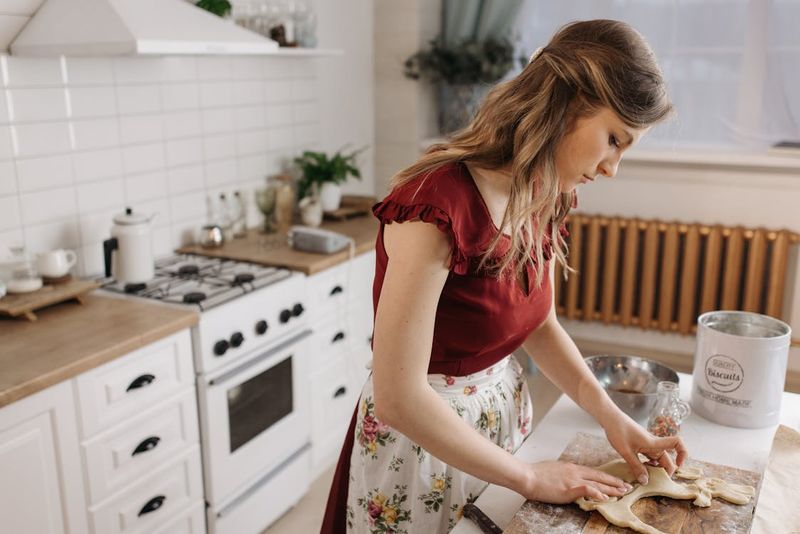
Before you even reach for that whisk, take a moment to thoroughly read through the recipe. Baking relies on precision and skipping this step could lead to unexpected results. By familiarizing yourself with the entire process, you avoid surprises and ensure you have all necessary ingredients on hand.
Understanding the sequence of steps can also help you organize your workspace efficiently. This foresight can save you time and stress, allowing you to focus on the fun part: baking!
Remember, even professional bakers treat recipes as their guiding light, not an afterthought.
Don’t Overmix the Batter
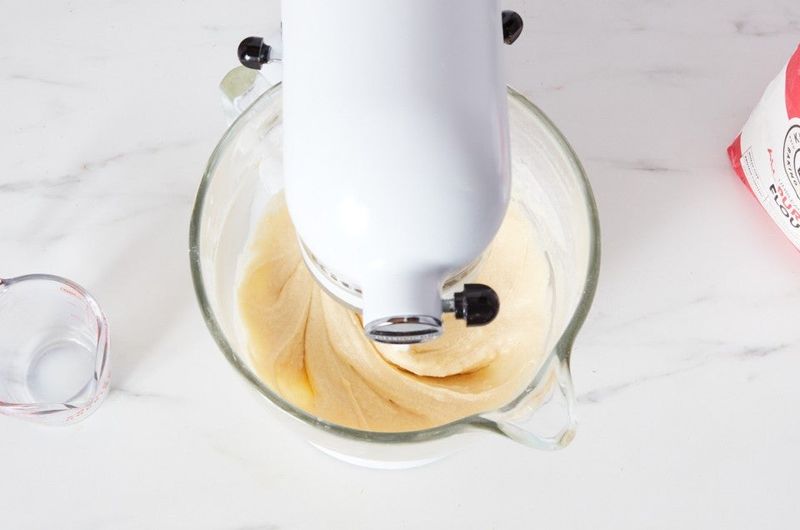
There’s a fine line between well-mixed and overmixed batter, and crossing it can turn your cake from fluffy to flat. When you mix too much, you develop gluten in the flour, resulting in a dense texture.
Think of gently folding your ingredients as a way to preserve the air you’ve incorporated. It’s like handling a delicate soufflé; the more careful you are, the fluffier your cake will be.
So, next time you’re mixing, channel your inner Zen master and let patience be your guide.
Measure Ingredients Accurately
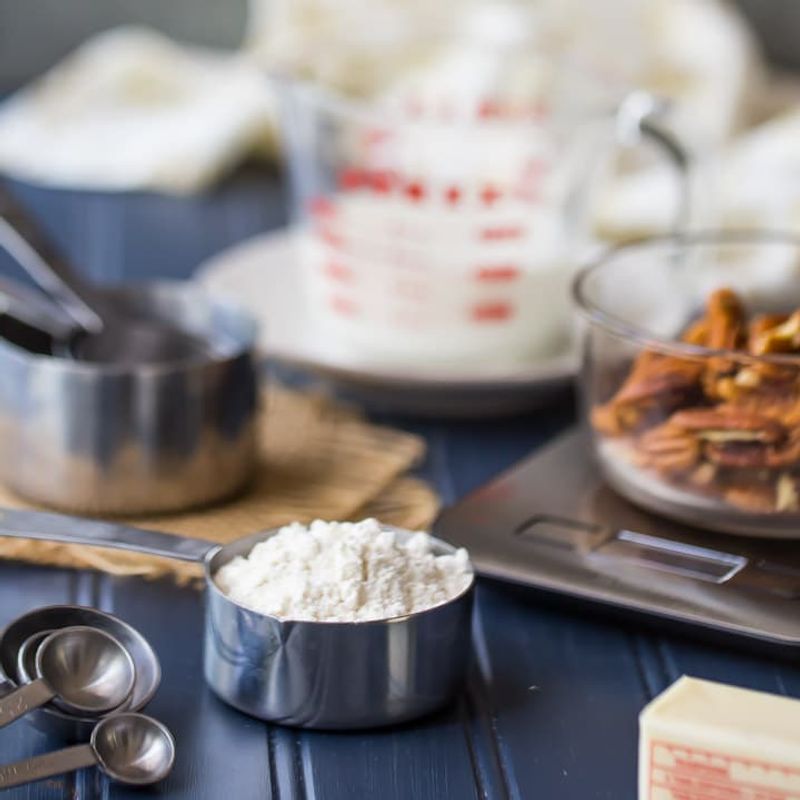
Precision is key in baking, and measuring by eye just won’t cut it. Use a digital scale for the most accurate measurements, especially when dealing with dry ingredients.
Flour, for example, packs differently each time, which can alter the outcome of your baked goods. Measuring cups and spoons provide a backup, but a scale ensures you’re following the recipe to a tee.
Think of it as the difference between a rough sketch and a meticulously detailed blueprint; one leads to predictability, the other to inconsistency.
Use Fresh Ingredients
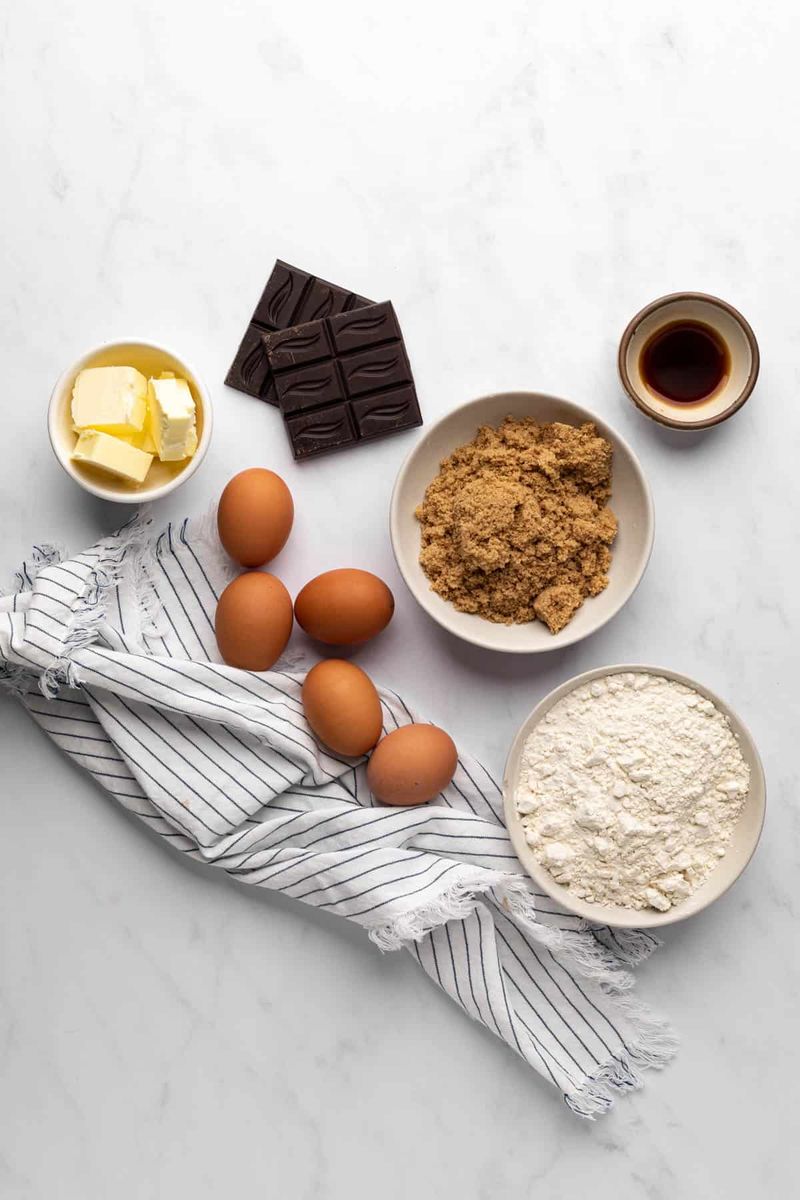
Quality begins with fresh ingredients. Using outdated or stale components can compromise flavor and texture, leaving your baked goods lackluster.
Always check dates on baking powder and soda, as expired agents lose potency, resulting in flat cakes. Similarly, fresh eggs and butter make a significant difference in taste.
Think of fresh ingredients as the canvas for your baking masterpiece; the better the quality, the more vibrant the result.
Don’t Substitute Ingredients Carelessly
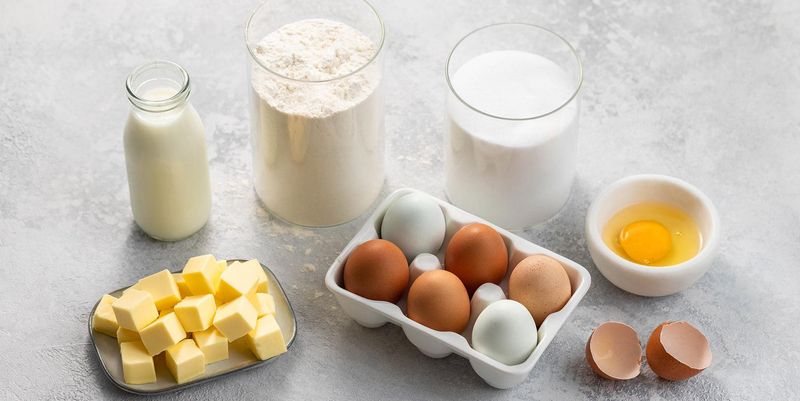
Substituting ingredients might seem harmless, but it can drastically affect the outcome of your recipe. Each component has a unique function—flour provides structure, eggs bind, and sugar sweetens.
Swapping brown sugar for white might alter the moisture content, while using margarine instead of butter could change the texture.
Imagine each ingredient as a crucial player in an orchestra, where one wrong note can disrupt the entire symphony, leading to discord instead of harmony.
Preheat the Oven

Waiting for the oven to reach the right temperature can feel like an eternity, but it’s a step you shouldn’t skip. A properly preheated oven ensures your baked goods cook evenly and as intended.
Putting batter in a cold oven can lead to uneven cooking and disappointing results. It’s like starting a race before the whistle blows; timing is everything.
Think of preheating as setting the stage for a successful performance where everything is in perfect sync.
Don’t Overcrowd the Pan
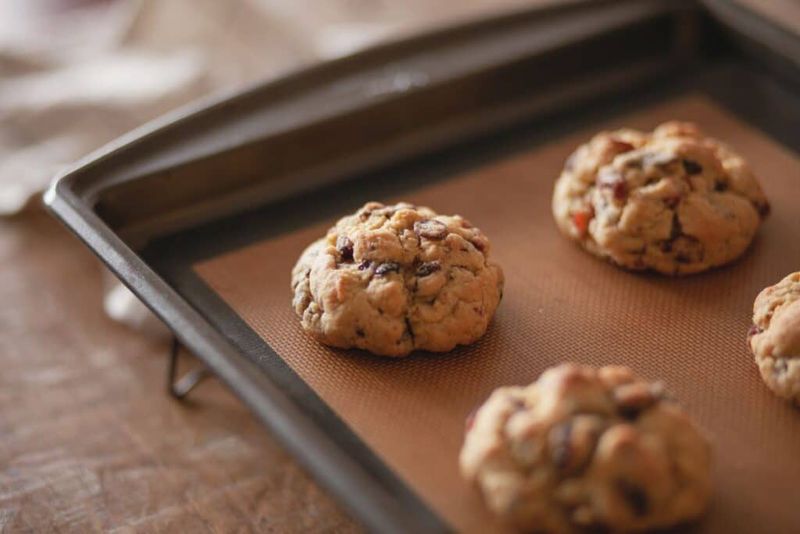
Space is the final frontier, even in baking. Crowding your pan can lead to uneven cooking, with some items underdone and others burnt.
Air needs room to circulate, so give your cookies or cupcakes some breathing space. It’s about finding that perfect balance, like a well-organized party where everyone feels comfortable.
So, resist the urge to cram and spread out your treats for a better baking experience.
Use Room Temperature Ingredients
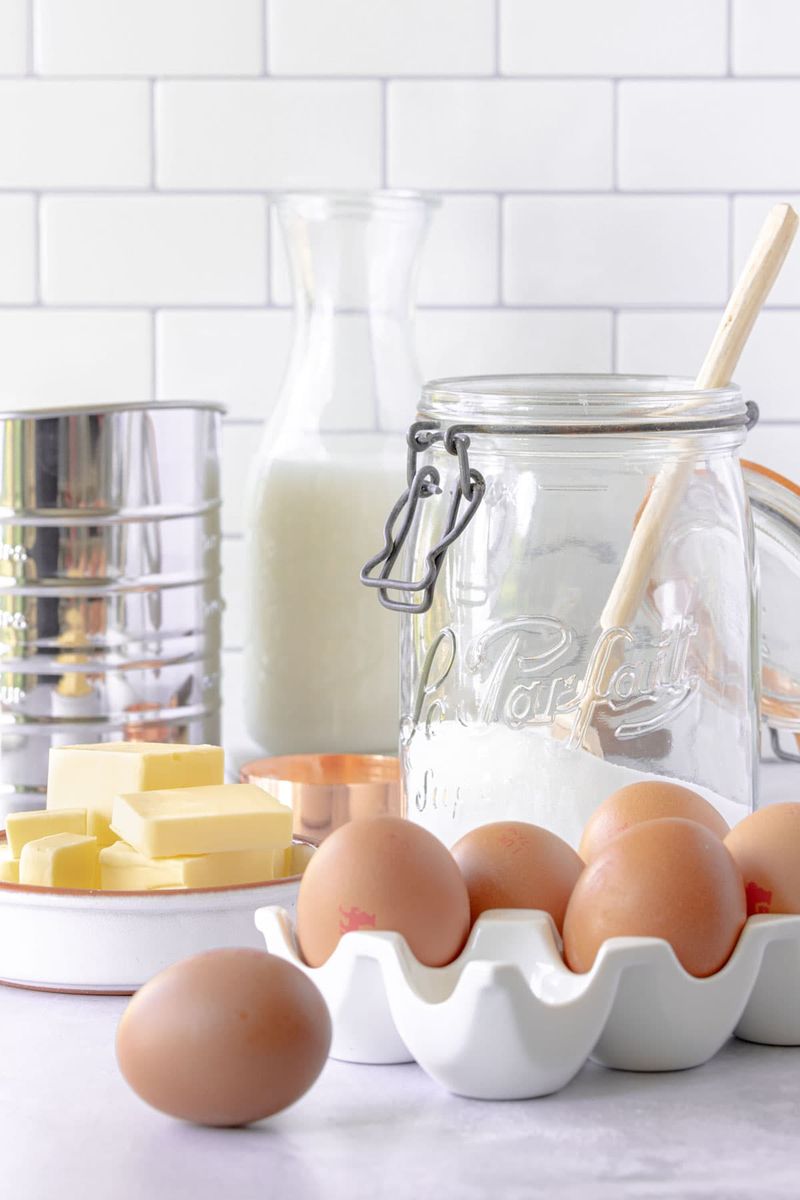
Room temperature ingredients play a crucial role in achieving the perfect bake. Cold butter or eggs can lead to clumpy batter and uneven baking.
Allowing them to sit out ensures they blend smoothly, creating a homogenous texture. It’s akin to letting artists warm up before a performance, ensuring everything flows seamlessly.
So, next time you bake, remember to let your ingredients acclimate to room temperature for optimal results.
Don’t Rush the Cooling Process
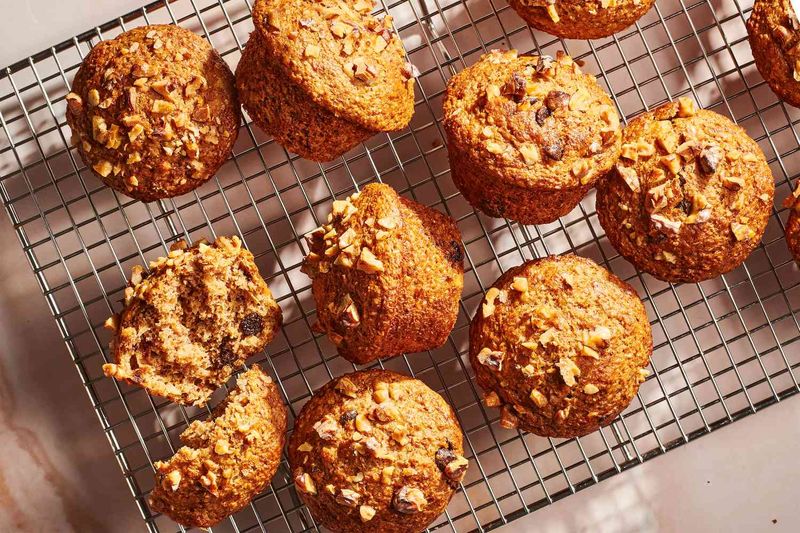
Patience is a virtue, especially when it comes to cooling your baked creations. Rush this step, and you risk a soggy mess instead of a firm, delightful texture.
Allow your bread or cake to rest on a cooling rack; it encourages even air circulation, preventing condensation. Think of it like letting a masterpiece painting dry completely before framing it.
So, resist that temptation to cut into a hot loaf; the reward is worth the wait.
Experiment with Flavors
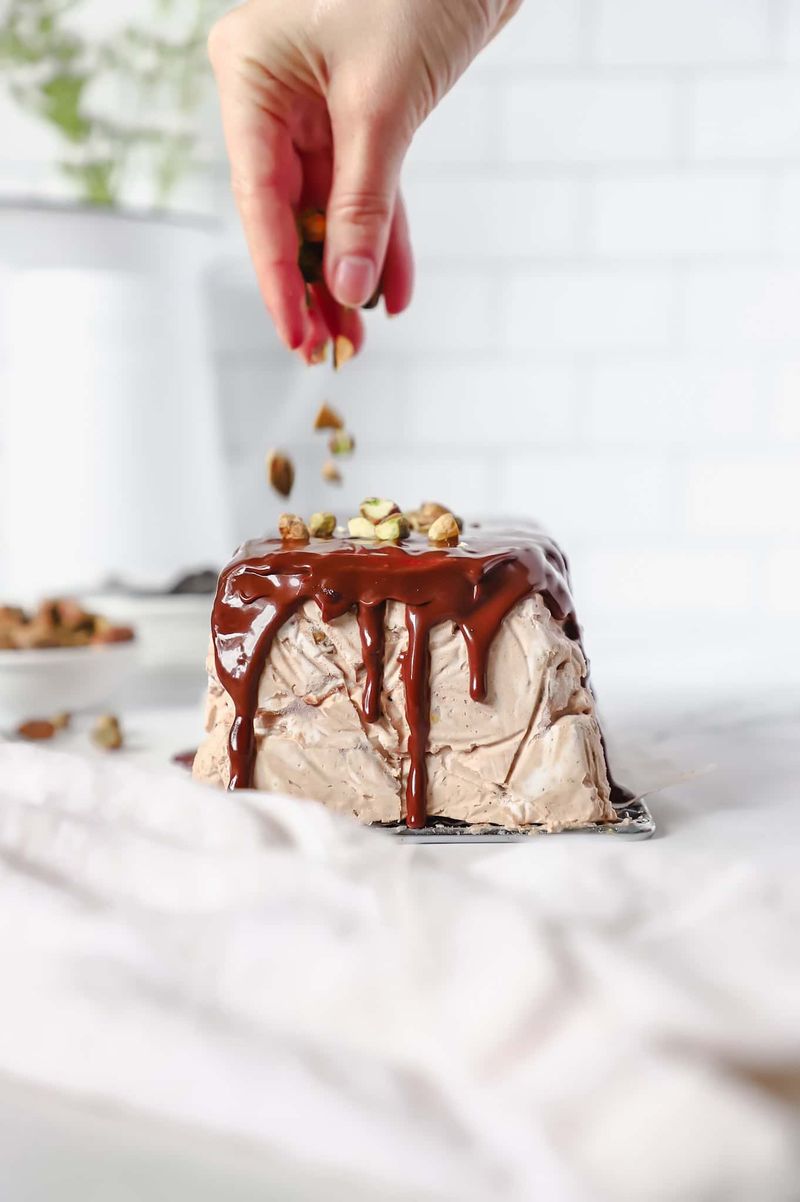
Stepping outside the vanilla box can lead to delightful surprises in baking. Experimenting with flavors, like adding a pinch of cardamom or a splash of almond extract, can transform a classic recipe.
Your kitchen becomes a playground for the senses, where new combinations can lead to a signature creation uniquely yours.
So, don’t hesitate to sprinkle a bit of daring into your next bake, and watch it become a delicious conversation starter.
Don’t Ignore Baking Times and Temperatures
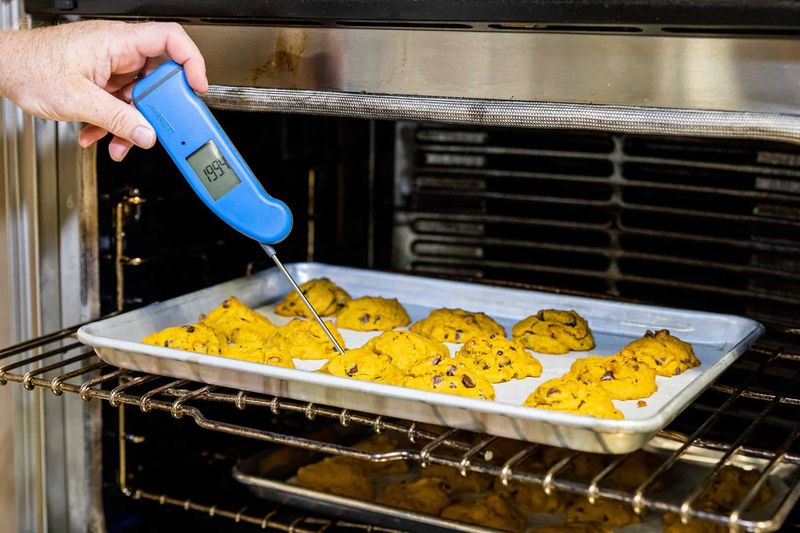
Keeping an eye on the clock is crucial in baking. Ignoring suggested times or temperatures can spell disaster for your delightful treats.
Just a few minutes too long, and your cookies can go from perfectly chewy to crisp and dry. It’s all about precision and timing, much like a well-rehearsed dance.
Use timers as your backstage crew, ensuring everything comes out just right, and you’ll have a showstopper every time.
Keep Your Tools Clean
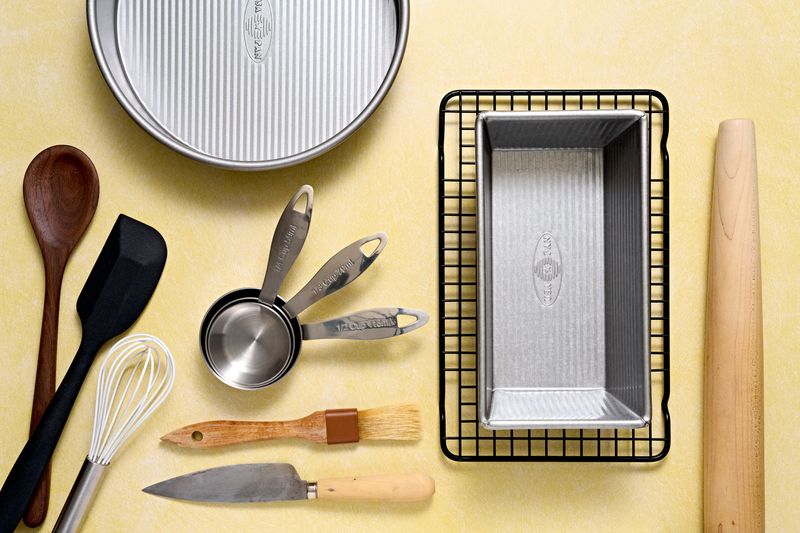
A tidy kitchen isn’t just about aesthetics; it’s about efficiency and results. Clean tools ensure no unwanted flavors creep into your masterpiece.
Imagine crafting a delicate soufflé only to have hints of last week’s garlic bread seasoning spoil it. Keeping your tools pristine is akin to an artist maintaining a clean palette.
So, wash up, dry off, and set the stage for baking brilliance without unwanted surprises.
Don’t Skip the Mise en Place
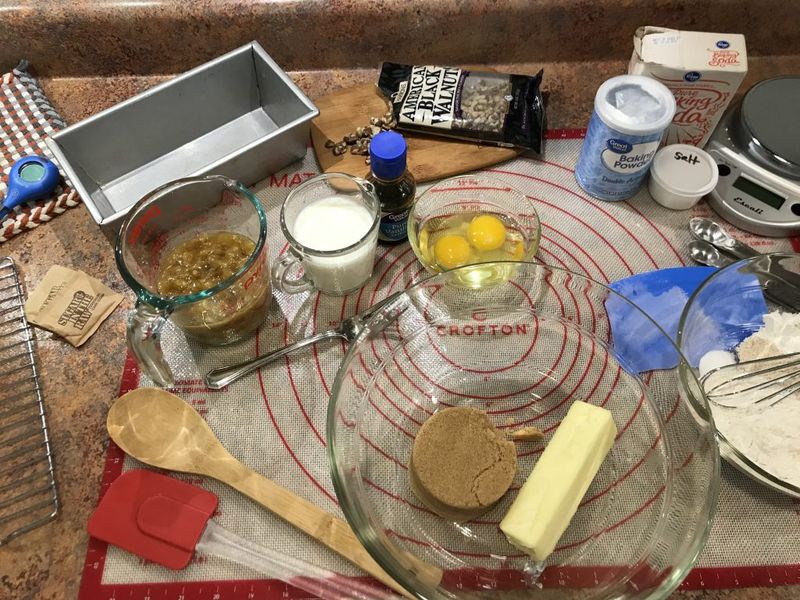
Mise en place is a French culinary term meaning “everything in its place,” and it’s a baker’s best friend. By prepping your ingredients before baking, you ensure a smooth process without last-minute scrambles.
Having everything ready allows you to focus on technique and timing, much like a conductor before a grand performance.
Embrace the mise en place mindset, and watch your baking confidence soar along with your results.
Leave a comment